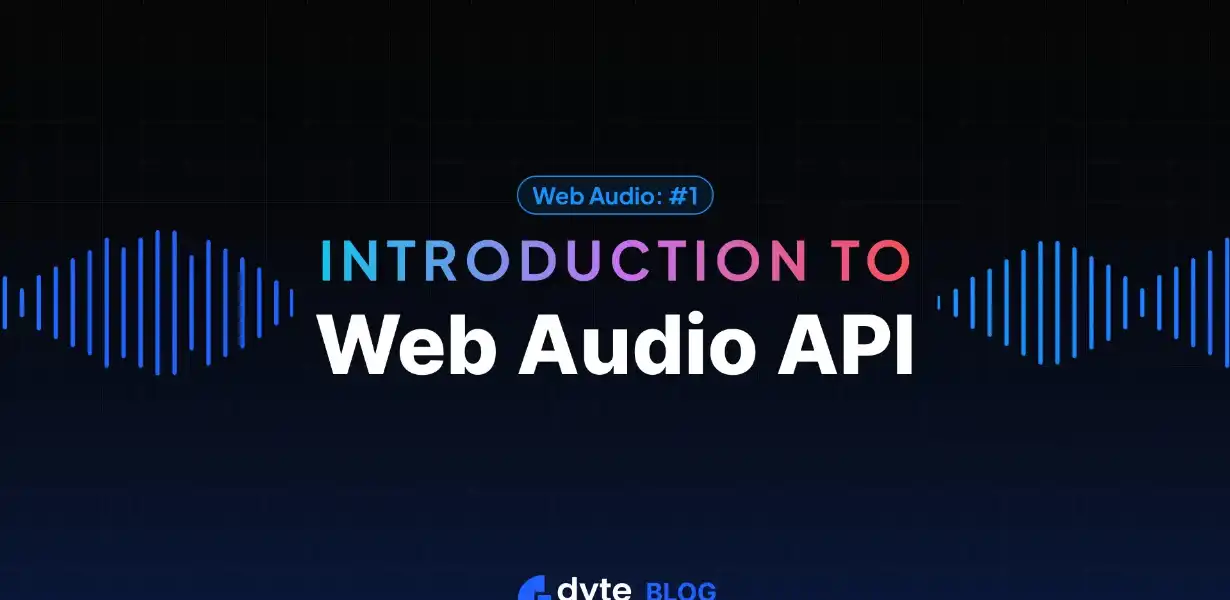
Building Interactive Music Web Apps: Exploring the Potential of Web Audio API and WebAssembly
- Post
- August 8, 2023
- Web APIs, Web Audio API, Web Technologies
- 0 Comments
Creating captivating and interactive music experiences on the web has never been more exciting. The fusion of Web Audio API and WebAssembly has opened up a realm of possibilities for developers and musicians alike. In this comprehensive guide, we delve into the intricacies of harnessing these technologies to craft immersive music web applications that resonate with users. Let’s embark on a journey into the world of digital soundscapes and seamless user experiences.
The Synergy of Web Audio API and WebAssembly
In the pursuit of crafting dynamic music web apps, the combination of Web Audio API and WebAssembly stands as a game-changer. Web Audio API offers a powerful set of tools and interfaces to manipulate audio in the browser, enabling the creation of audio graphs, handling audio sources, and applying effects. On the other hand, WebAssembly empowers developers to write high-performance code in languages like C++ and Rust, seamlessly integrating them with web applications. The synergy of these technologies equips developers with the tools to create music apps that are responsive, efficient, and rich in audio fidelity.
Unveiling the Potential: What You Can Achieve
The fusion of Web Audio API and WebAssembly unlocks a world of possibilities for music web apps. Real-Time Audio Processing is a standout feature, allowing for low-latency audio effects, equalization, and synthesis. This empowers musicians and developers to design applications that respond instantaneously to user input, ensuring a seamless and immersive experience. Virtual Instruments take center stage as well, enabling the creation of interactive and realistic virtual instruments that can be played directly within the browser.
Breaking Down Web Audio API: Key Features
Audio Context and Nodes: The foundation of Web Audio API lies in its audio context, which represents the audio-processing graph. Nodes, representing audio sources, effects, and destinations, are connected within this graph to create intricate audio workflows.
Playback Control: With Web Audio API, developers have fine-grained control over audio playback. This includes features such as scheduling playback, looping, and dynamic volume adjustments.
Spatial Audio: Creating immersive soundscapes becomes possible with spatial audio. By positioning sounds in 3D space, developers can simulate realistic audio environments, enriching user experiences.
Leveraging WebAssembly for Performance
WebAssembly, often abbreviated as Wasm, takes performance to new heights. By compiling high-level programming languages to low-level bytecode that runs efficiently in web browsers, developers can create music apps that handle complex calculations and audio processing with minimal latency.
Challenges and Considerations
While the potential is vast, developers must navigate certain challenges. Ensuring cross-browser compatibility is crucial, as browser implementations of the Web Audio API and WebAssembly may differ. Moreover, optimizing audio performance without sacrificing quality requires a fine balance.
Getting Started: Developing Your Music Web App
- Environment Setup: Set up your development environment with the necessary tools, such as code editors, compilers, and audio libraries.
- Understanding Audio Context: Gain a solid grasp of the audio context and how nodes interact within the Web Audio API graph.
- Creating Audio Sources: Learn how to create audio sources from various inputs, including pre-recorded audio files and synthesized sounds.
- Applying Effects: Explore the plethora of audio effects available through the API to enhance the auditory experience.
- Integrating WebAssembly: Incorporate WebAssembly modules to handle complex audio processing tasks efficiently.
Crafting User-Centric Experiences
When designing interactive music web apps, user experience takes precedence. Prioritize intuitive controls that mimic real instruments, enabling users to effortlessly create music. Implement visual feedback that responds to user actions, enhancing engagement and immersion.
Final Words
In the symphony of web technologies, the harmonious blend of Web Audio API and WebAssembly orchestrates a crescendo of creativity and innovation. By melding real-time audio manipulation with high-performance code execution, developers can craft music web apps that captivate and inspire. Embark on this journey of sonic exploration and pioneer the future of digital music experiences.
Commonly Asked Questions
Q1: Can I use Web Audio API for more than just music apps?
Absolutely! While it excels in music applications, Web Audio API can also enhance web experiences involving voice communication, sound effects, and interactive audiovisual presentations.
Q2: Is WebAssembly compatible with all browsers?
WebAssembly enjoys broad browser support, including Chrome, Firefox, Safari, and Edge. However, testing across browsers is recommended to ensure consistent performance.
Q3: Are there performance trade-offs when using WebAssembly?
While WebAssembly delivers impressive performance gains, developers must carefully manage memory and optimize code to avoid potential bottlenecks.
Q4: Can I combine Web Audio API and WebAssembly for complex projects?
Certainly! The integration of these technologies is seamless. You can leverage the real-time audio manipulation capabilities of Web Audio API alongside the performance benefits of WebAssembly.
Q5: Are there libraries that simplify development with these technologies?
Yes, various libraries and frameworks, such as Tone.js and wasm-bindgen, can simplify development by providing higher-level abstractions and tools for working with Web Audio API and WebAssembly.




